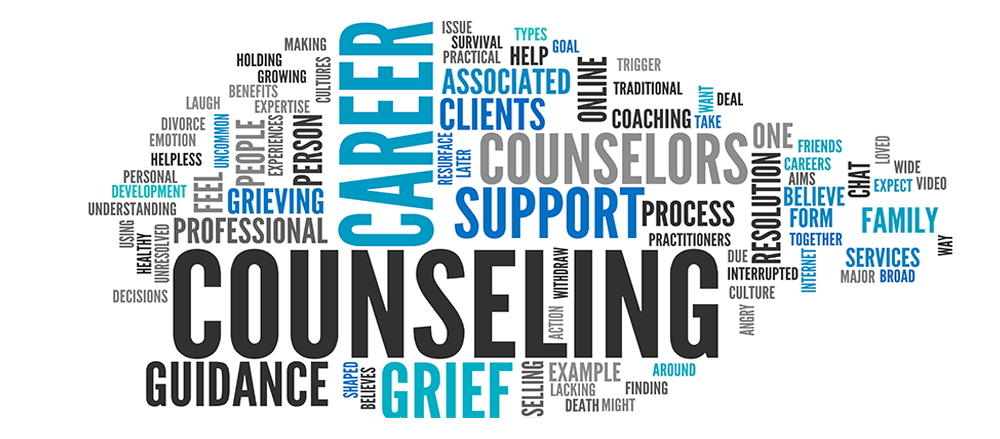Throughout the years, school counseling has always been a resource provided for students of all ages. While many students deal with stress, emotions, and personal challenges during school hours, they don’t seem to take advantage of this facility. Why? Some don’t know how to reach out, while others fear being judged.
Mental health is just as important as physical health, yet in schools, it often gets overlooked. Through interviews with an 11th-grade counselor and a student, this article investigates what’s stopping students from seeking help, explores the different coping strategies counselors provide for us, and inspects how the school can make counseling more approachable.
Andrés Rendón, the 11th-grade counselor, is passionate about helping students and making sure they feel supported and safe. He believes students are lucky to have a small student body with one counselor per grade, and we aren’t taking advantage of this benefit. “We have at least 14 psychologists or counselors focused on emotional support,” he explains.
Counselors are more than just an office helping students one-on-one, they are amazing, experienced professionals, with the purpose of helping our school’s environment. Other than private counseling, they run workshops, retreats, and programs like the Buddy program, which pairs older students with younger ones to build leadership and support skills, putting great effort into ensuring students feel comfortable and empowered.
But does all of this make a real impact?
“I’m not naive,” says Andres Rendón. “One talk about sexting won’t stop students from doing it, and a workshop on addiction won’t prevent all teens from drinking. But it makes them more aware of the risks, so when they make choices, they do so with more information.”
His focus is not on lecturing students but on supporting them with the knowledge to make better decisions for themselves.
Some students don’t use counseling services simply because they don’t know how to schedule an appointment. He clears that up:
- Students can email him.
- Knock on his door.
- Ask administrative assistants for help.
- Leave a note under his door.
“There’s always a way to reach me,” Andres Rendon said with an assuring smile .
However, a major reason students avoid counseling is fear that their conversations won’t stay private. Rendón guarantees that confidentiality is key, except in cases of danger.
“If a student talks about harming themselves or others, or if there’s a drug-related issue, I have to step in,” Andres Rendon explains.
However, he encourages students to share things with their parents themselves, rather than having him do it for them, trying to be a bridge, not a barrier, between students and the support they need.
Irene Hinestroza, an 11th-grade student, knows school counseling exists but doesn’t really understand how it works. More importantly, she feels uncomfortable talking about mental health with teachers or staff.
“It feels awkward because mental health is so personal,” Irene says.
Like many students, she seeks for help in her friend group, feeling supported by them.
“Therapy is normalized in my friend group, but outside of school,” she explains. “At school, no one really goes, so I’d feel weird about it.” Would she feel more comfortable going if her friends did? “Maybe, but there’s always been a stigma around it here,”Irene responded.
When asked what would make counseling more approachable, Irene suggests making it a normal part of school life. “Right now, it feels like a big deal if you go. If we had regular check-ins or talked about it more casually, it might help.”
She also thinks the school doesn’t do enough to promote its mental health resources. “They mention it sometimes, but it’s always in the background.”
It is essential to start moving forward in order to break this stigma, counselors like Andres Rendón are always willing to help, but students need to feel safe and comfortable reaching out. The message is simple: Asking for help is okay.
“One of the most important life skills is learning to ask for help,” says Andres. “We all need support from time to time.” His genuine care for students is evident in every interaction, always reminding them that they are not alone.
The challenge now is making sure students believe that too.



